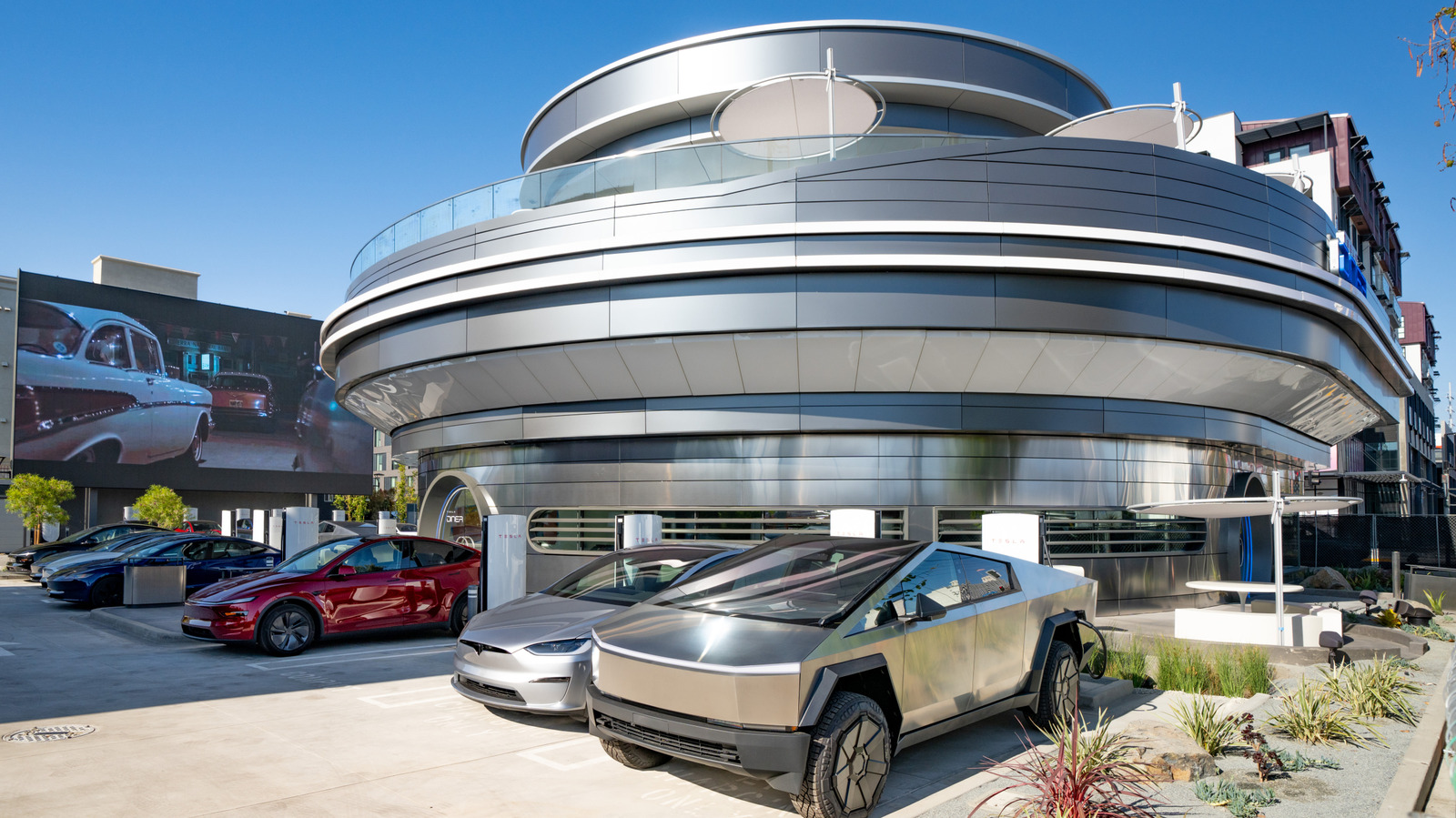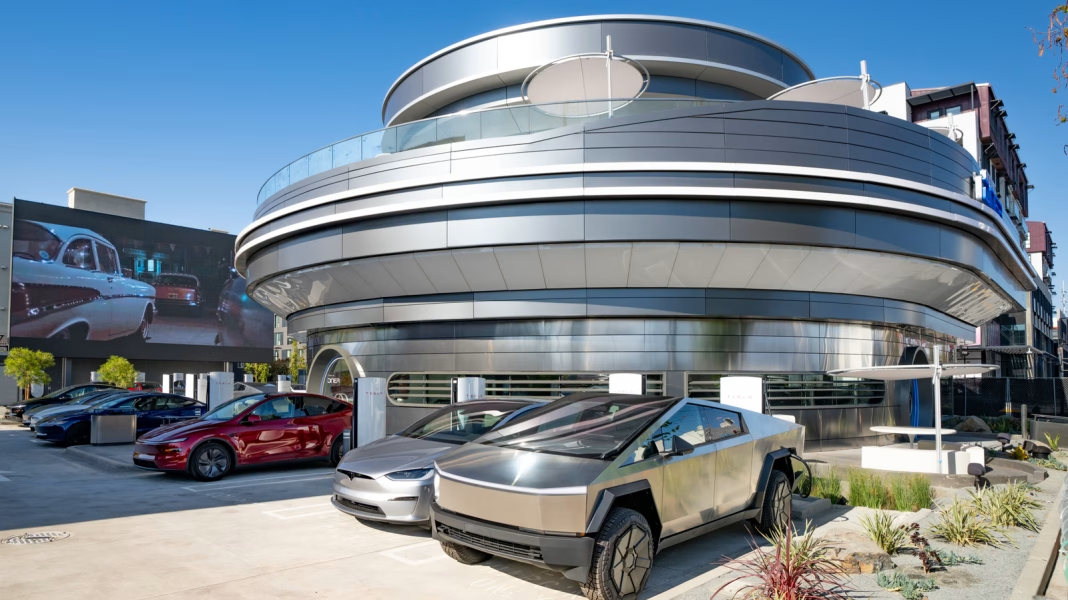Why Did the Menu Shrink So Quickly?
If you’ve stopped by the new Tesla diner lately, you might’ve noticed something odd: the menu is looking pretty bare. Gone are the days of a sprawling selection. Now, you’re choosing between a burger, three sandwiches, a hot dog, fries, chili, pecan pie, and drinks. Oh, and if you were hoping for all-day breakfast? That’s off the table too.
So, what’s behind this sudden shift? It’s not just a random decision. New restaurants, especially those with a unique concept or a big name attached, often start with ambitious menus. But reality sets in fast. Staffing, supply chain hiccups, and the simple math of what people actually order force a rethink. According to a 2023 report from the National Restaurant Association, nearly 60% of new eateries trim their menus within the first three months to cut costs and streamline operations. It’s a classic case of less is more—at least when it comes to keeping the kitchen running smoothly.
What’s Left on the Menu—And Why?
Let’s break down what survived the cut. The burger and hot dog? No-brainers. They’re crowd-pleasers, easy to prep, and have solid profit margins. Sandwiches offer some variety without overcomplicating things. Fries and chili are classic sides that don’t require a lot of extra ingredients or equipment. And pecan pie? That’s a nod to nostalgia—a sweet treat that’s easy to serve and store.
Notice what’s missing: anything that requires a lot of prep, specialized equipment, or ingredients that spoil quickly. All-day breakfast, for example, means keeping eggs, bacon, and other perishables on hand at all hours. That’s a logistical headache, especially if breakfast orders drop off in the afternoon. By focusing on a leaner menu, the diner can deliver faster service and fresher food. It’s a move that many industry veterans recommend for new concepts.
How Are Customers Reacting to the Slimmed-Down Choices?
Reactions have been mixed, to put it mildly. Some regulars appreciate the focus—less time spent staring at a menu, more time eating. Others, especially those who made a special trip for breakfast or a more adventurous meal, feel let down.
Social media chatter shows a split. One diner posted, “Honestly, I just want a good burger and fries. They nailed it.” Another lamented, “Was hoping for pancakes at 2 p.m.—guess I’ll have to look elsewhere.” This kind of feedback isn’t unique to Tesla’s diner. According to a 2022 survey by Restaurant Business, 48% of customers say they prefer a smaller menu if it means better quality and faster service. But that leaves a sizable chunk who miss the variety.
Does a Smaller Menu Mean Lower Quality or Boring Food?
Not necessarily. In fact, many of the world’s most beloved eateries thrive on a handful of perfected dishes. Think In-N-Out or Shake Shack. By narrowing the focus, chefs and kitchen staff can hone their craft, reduce mistakes, and keep ingredients fresher.
There’s also a psychological benefit. When you’re not overwhelmed by choices, you’re more likely to enjoy what you order. Barry Schwartz’s research on the paradox of choice backs this up: too many options can actually make us less satisfied. So, while the Tesla diner’s menu might look sparse, it could lead to a better dining experience—assuming they nail the basics.
What’s Next for the Tesla Diner?
Cutting back the menu is just one part of the story. The diner has also trimmed its hours, another sign that they’re adjusting to real-world demand. This isn’t unusual for new ventures. The first few months are a testing ground—what works, what doesn’t, and where the sweet spot lies.
If the streamlined menu proves popular, it could stick around for good. Or, if customers keep clamoring for breakfast and more variety, you might see a few items sneak back in. Flexibility is key. The best restaurants listen, adapt, and aren’t afraid to make bold changes.
The big takeaway? Reinventing a diner isn’t about perfection—it’s about smarter adjustments. Start with one change this week, and you’ll likely spot the difference by month’s end.


